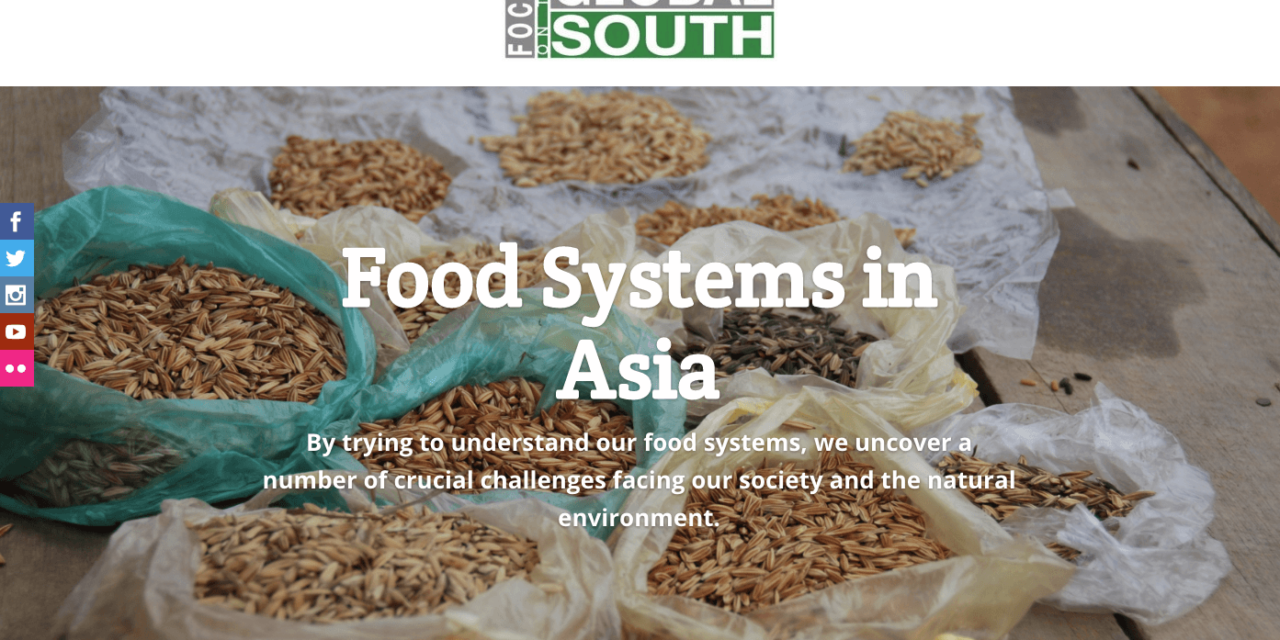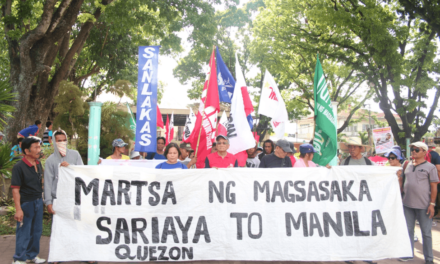According to data compiled by the Food and Agriculture Organisation (FAO), enough food is produced in the world to feed everyone and yet, over 800 million people suffer from hunger, 60 % of who are women (). The 2017 report on The State of Food Insecurity and Nutrition in the World shows that world hunger is rising and the estimated number of undernourished people has increased from 777 million in 2015 to 815 million in 2016. This alarming trend is attributed to a number of factors: conflicts, wars, natural disasters, climate related shocks, distress migration, famine, financial ability, economic policy, distribution infrastructure, etc.
Click here to visit our online photo exhibit on Local Food Systems
Hunger and malnutrition are powerful indicators of economic, political, social and gender inequality that have historical roots and inter-generational impacts. They are shocking expressions of the violation of the human right to adequate food in a world of plenty. Global food production can increase but unless the factors that inhibit or restrict the abilities of people to have sustained access to safe and nutritious food are addressed effectively, hunger and malnutrition will continue to manifest in different forms in rich and poor countries alike.
Across the world, local food systems play a crucial role in strengthening local availability of food through production, foraging/gathering, preservation, distribution, sharing and local markets. Many of these systems are under threat from corporate agri-food complexes, industrial agriculture, monocultures, destruction of biodiverse eco-systems, wars and occupations, and corporate/elite capture of land, water and natural wealth. On World Food Day, we salute the women, men and communities who are the backbone of local food systems. We recognize their vital contributions to fighting hunger and malnutrition, and to maintaining diversity of diets and cuisines through generations of innovation and adaptation to changing conditions. This online photo exhibition pays homage to local food systems in Asia and the people and communities that shape them.









